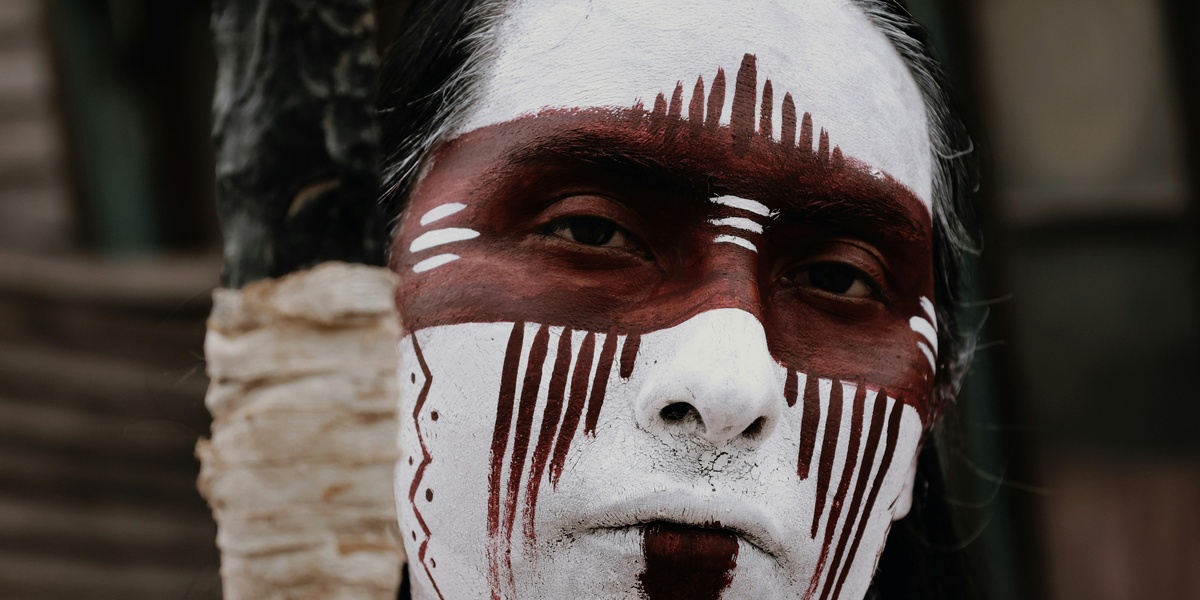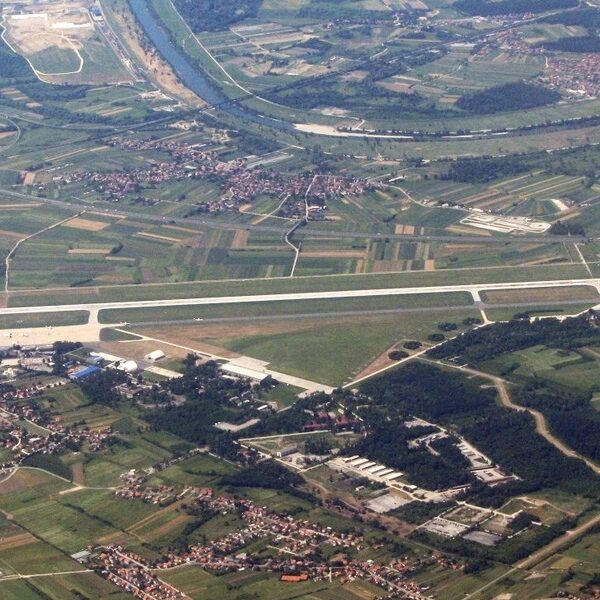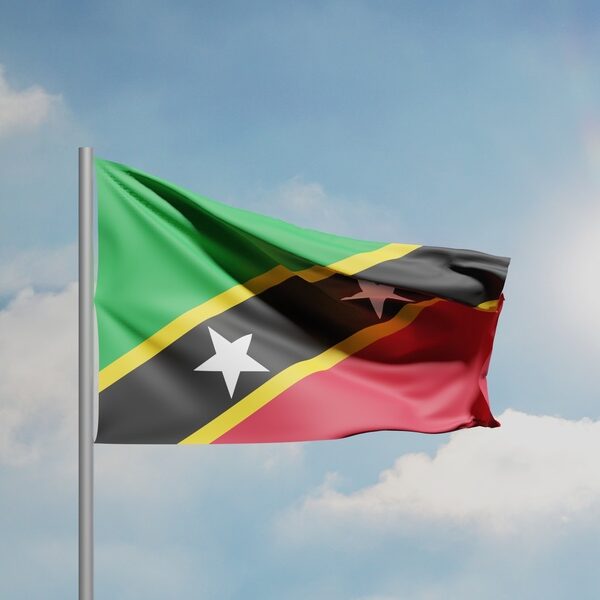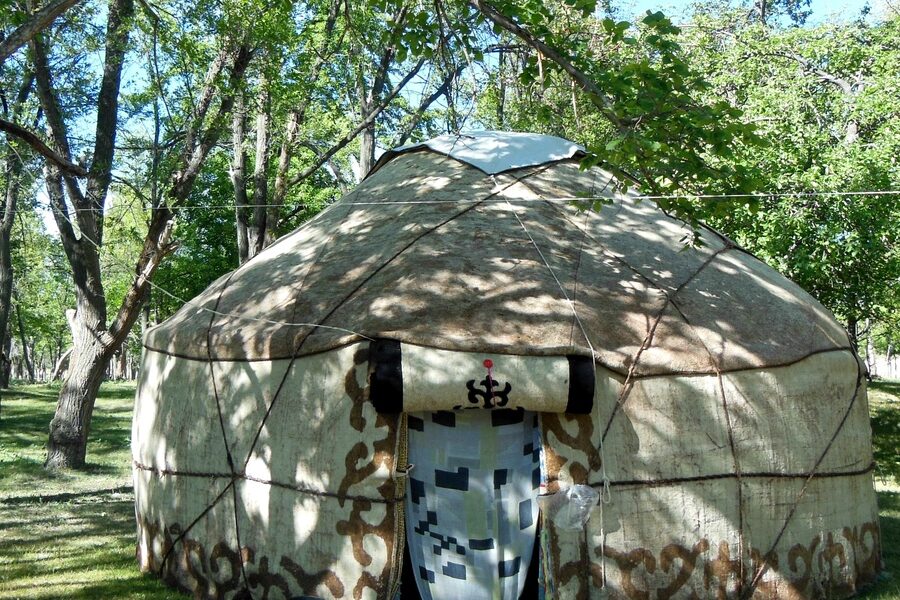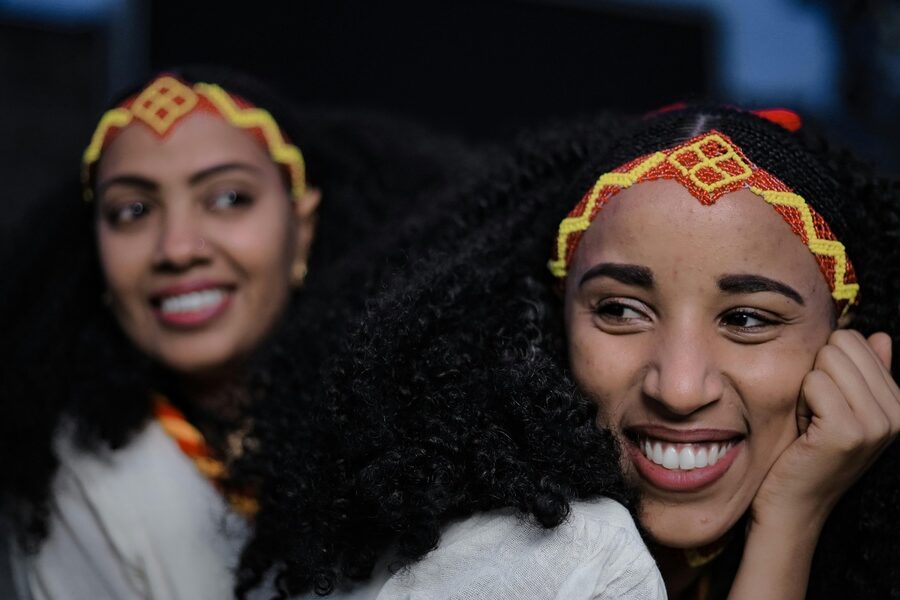New Zealand’s population reflects waves of settlement, migration and the enduring presence of Māori communities, creating a patchwork of cultural identities across the islands. Cities and regions each have different mixes of backgrounds, and understanding those patterns helps make sense of community life, services and local culture.
There are 20 New Zealand Ethnic Groups, ranging from African to Tongan. For each group you’ll find below data organized with Category,Population (2023),Main regions to show who they are, how many people identify with them, and where they are concentrated — you’ll find below.
How were these ethnic groups defined and counted?
The list relies on standard census and official ethnic classifications where people self-identify one or more ethnicities; counts reflect the 2023 population figures and may include multiple responses per person. That means totals can differ from single-ethnicity counts and are best interpreted as indicators of identity and community size rather than exclusive categories.
Can this list help me find where communities live in New Zealand?
Yes — the Category, Population (2023) and Main regions columns point to geographic concentrations so you can see which regions have larger communities; for local details, check regional council data, iwi authorities or community organisations for up-to-date, on-the-ground information.
New Zealand Ethnic Groups
| Ethnic group | Category | Population (2023) | Main regions |
|---|---|---|---|
| NZ European / Pākehā | European/Other | 3,300,000 | Nationwide, strong in Canterbury and Wellington |
| Māori | Māori | 892,000 | Northland, Waikato, Bay of Plenty, Gisborne, Rotorua |
| Samoan | Pacific | 212,000 | Auckland, Wellington, Counties Manukau |
| Cook Islands Māori | Pacific | 71,000 | Auckland, Northland, Waikato |
| Tongan | Pacific | 105,000 | Auckland, Waikato, Wellington |
| Niuean | Pacific | 23,000 | Auckland, Northland, Whangārei |
| Tokelauan | Pacific | 6,000 | Auckland (South Auckland) |
| Fijian | Pacific | 50,000 | Auckland, Wellington |
| Other Pacific peoples | Pacific | 76,000 | Auckland, Bay of Plenty, Wellington |
| Chinese | Asian | 520,000 | Auckland, Wellington, Canterbury |
| Indian | Asian | 420,000 | Auckland, Waikato, Wellington |
| Filipino | Asian | 82,000 | Auckland, Waikato |
| Korean | Asian | 61,000 | Auckland, Canterbury |
| Japanese | Asian | 25,000 | Auckland, Wellington |
| Southeast Asian | Asian | 60,000 | Auckland, Wellington |
| Other Asian | Asian | 100,000 | Auckland, Wellington |
| Middle Eastern | MELAA | 62,000 | Auckland, Wellington |
| Latin American | MELAA | 34,000 | Auckland, Wellington |
| African | MELAA | 56,000 | Auckland, Wellington |
| Other ethnic group | Other | 12,000 | Auckland, Nationwide |
Images and Descriptions

NZ European / Pākehā
About 3.3 million people identify as NZ European/Pākehā. Descendants of British and other European settlers, they form the largest ethnic group and are widely distributed around the country, shaping institutions, language use and much of mainstream culture.
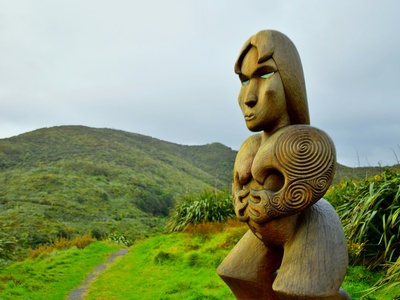
Māori
Māori are the indigenous people of Aotearoa New Zealand with roughly 892,000 people identifying as Māori. They have distinct language (te reo Māori), rich cultural traditions, strong iwi (tribal) identities and significant influence in politics, education and arts across the nation.
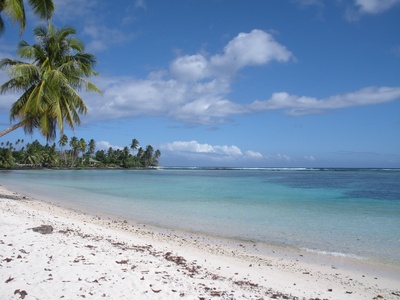
Samoan
Samoan is the largest Pacific ethnicity in NZ with around 212,000 people, concentrated in Auckland. Samoan communities are known for strong church and family networks, active cultural events, language retention and visible contributions to sports, music and community leadership.
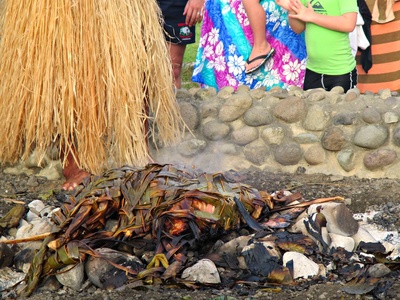
Cook Islands Māori
Cook Islands Māori are a prominent Pacific group in NZ with about 71,000 people, mainly in Auckland and northern regions. They maintain Cook Islands languages and customs, host cultural festivals and sustain close family and church networks linking NZ and the islands.

Tongan
Roughly 105,000 Tongan New Zealanders form strong communities particularly in Auckland. Known for robust church life, extended family structures and cultural festivals, Tongans have a visible presence in sport, education and Pacific advocacy across NZ urban centres.
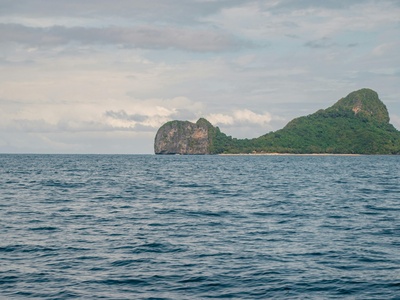
Niuean
About 23,000 Niuean people live in NZ, notably around Auckland and Northland. They sustain Niuean language and traditions through church groups, cultural gatherings and community organisations, maintaining close ties with Niue and contributing to the wider Pacific community.
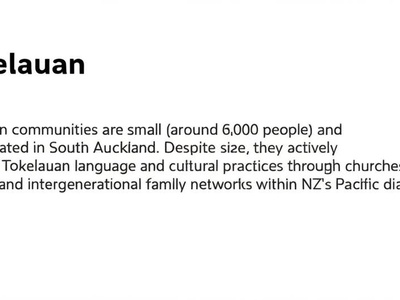
Tokelauan
Tokelauan communities are small (around 6,000 people) and concentrated in South Auckland. Despite size, they actively preserve Tokelauan language and cultural practices through churches, festivals and intergenerational family networks within NZ’s Pacific diaspora.
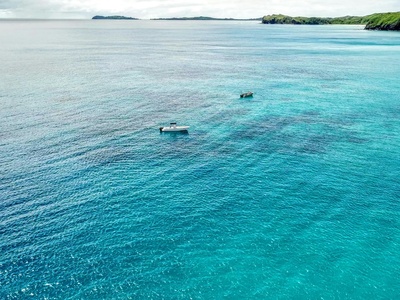
Fijian
Approximately 50,000 Fijian New Zealanders include indigenous Fijians and Indo‑Fijians, mainly in Auckland and some urban centres. They add linguistic and cultural diversity—foods, festivals and religious life—and play active roles in business, education and community organisations.
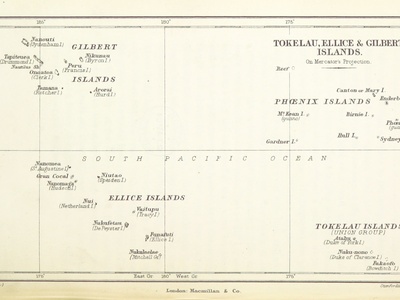
Other Pacific peoples
This category groups smaller Pacific ethnicities (for example Solomon Islanders, Tuvaluans and others) totalling around 76,000 people. Mostly based in Auckland and some regional centres, these communities maintain distinct languages and cultural practices while connecting through broader Pacific networks.

Chinese
About 520,000 people identify as Chinese in NZ, a major Asian group centered in Auckland. They have diverse origins (Mainland China, Hong Kong, Taiwan), strong community organisations, cultural festivals, and significant roles in business, education and culinary life.
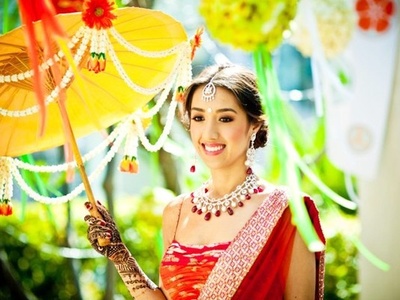
Indian
Around 420,000 New Zealanders identify as Indian, concentrated in Auckland and other cities. The community brings linguistic, religious and cultural diversity, celebrates festivals like Diwali, and has notable representation in professions such as healthcare, IT and business.
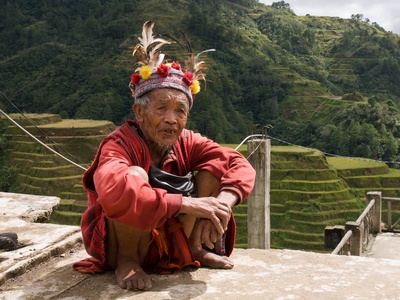
Filipino
Some 82,000 Filipino New Zealanders live mainly in Auckland and regional centres. The community is notable for strong representation in the healthcare and caregiving workforce, active cultural associations, church networks and lively Filipino food and cultural festivals.
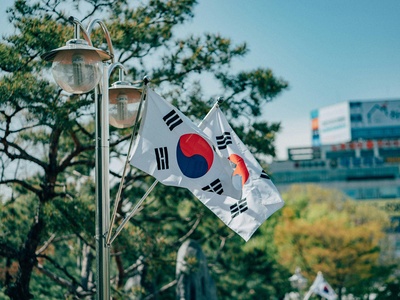
Korean
About 61,000 Koreans live in NZ, primarily in Auckland and Christchurch. They maintain language schools, churches and cultural groups, contribute to education and business, and foster cultural exchange through festivals, cuisine and Korean cultural organisations.
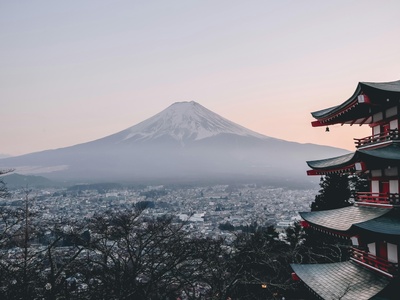
Japanese
Approximately 25,000 Japanese New Zealanders are concentrated in major cities. They contribute through business, education and cultural exchange programs, host language and cultural events, and support ties between NZ and Japan in tourism and commerce.
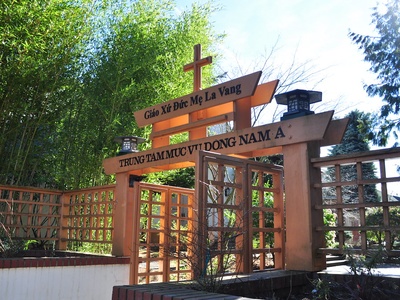
Southeast Asian
Southeast Asian is a grouped category (including Vietnamese, Cambodian, Laotian communities) with around 60,000 people in NZ. Concentrated in urban areas, these communities maintain languages, cultural associations and festivals, enriching the multicultural urban fabric.
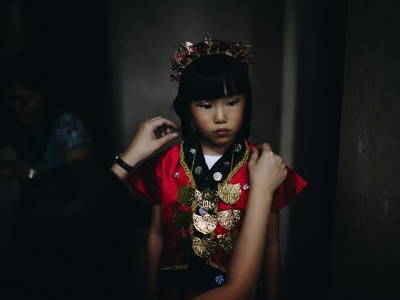
Other Asian
Other Asian covers smaller Asian communities not listed separately (for example Sri Lankan, Malaysian and others), totaling roughly 100,000 people. They are mainly urban, contributing diverse languages, cuisines, faiths and professional skills across NZ cities and university towns.
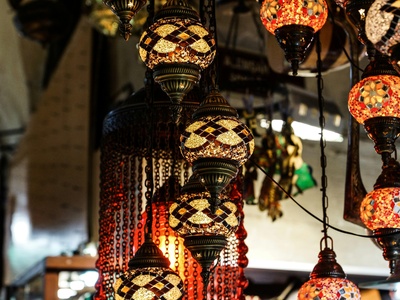
Middle Eastern
Middle Eastern peoples in NZ number about 62,000 and include people from across the Middle East. Mostly urban, they sustain cultural and religious organisations, contribute culinary and business diversity, and form active community networks within major cities.
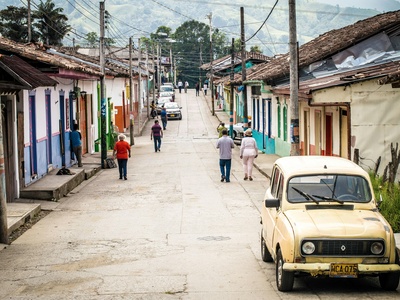
Latin American
Around 34,000 people identify as Latin American in NZ, bringing Spanish and Portuguese languages, music, dance and food cultures. Concentrated in urban centres, Latin American communities organise cultural festivals and maintain ties to diverse countries across Central and South America.
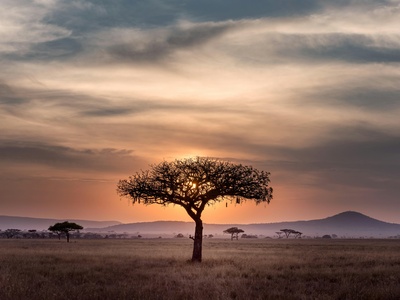
African
Approximately 56,000 African New Zealanders come from many nations across the continent and are mostly based in Auckland and Wellington. They contribute wide linguistic and cultural diversity, form community associations and increasingly participate in professional, academic and civic life.
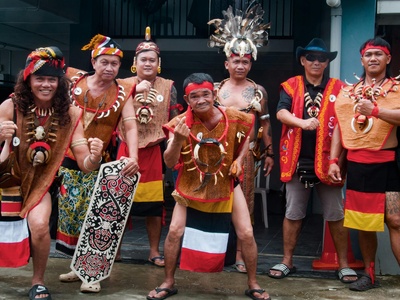
Other ethnic group
This census response captures small or non‑standard ethnic answers not listed elsewhere, representing about 12,000 people. It reflects very small communities, mixed or locally specific identities, and is used when respondents don’t fit defined ethnic categories.

